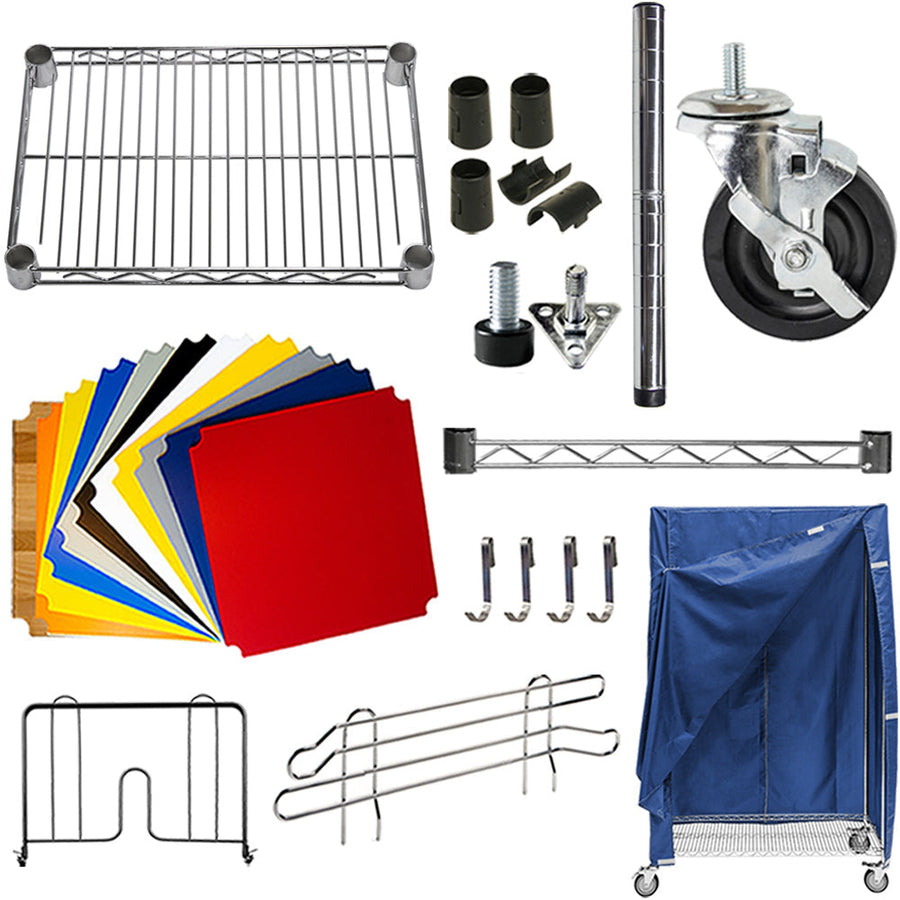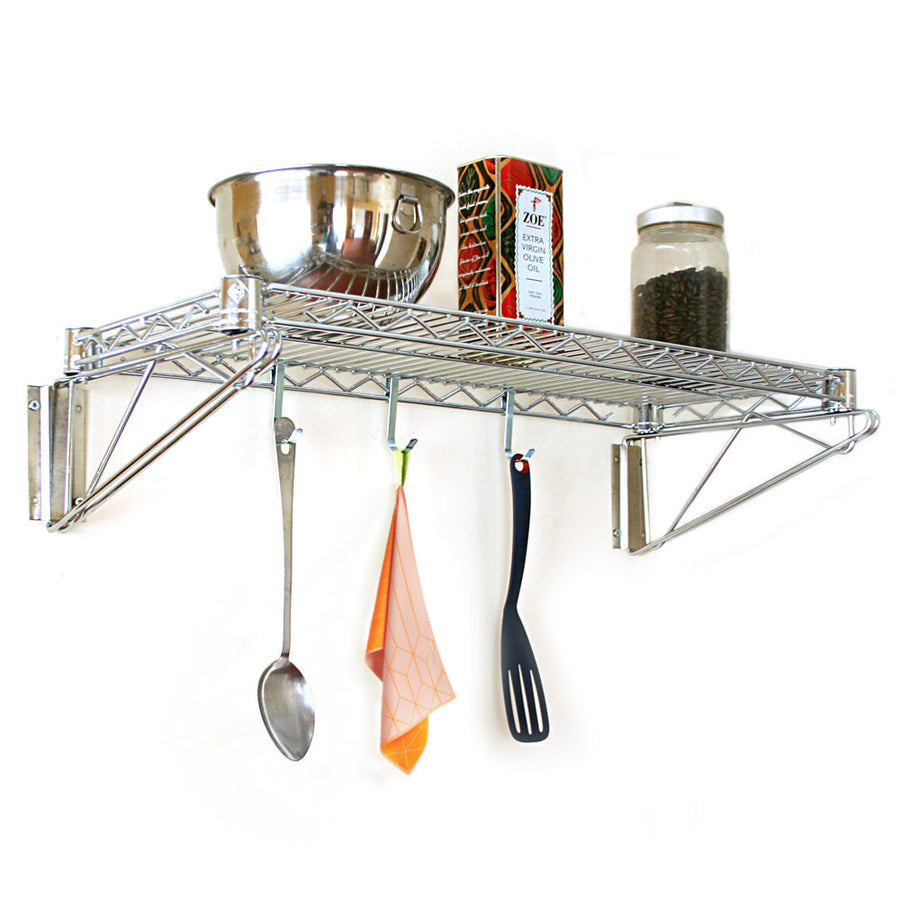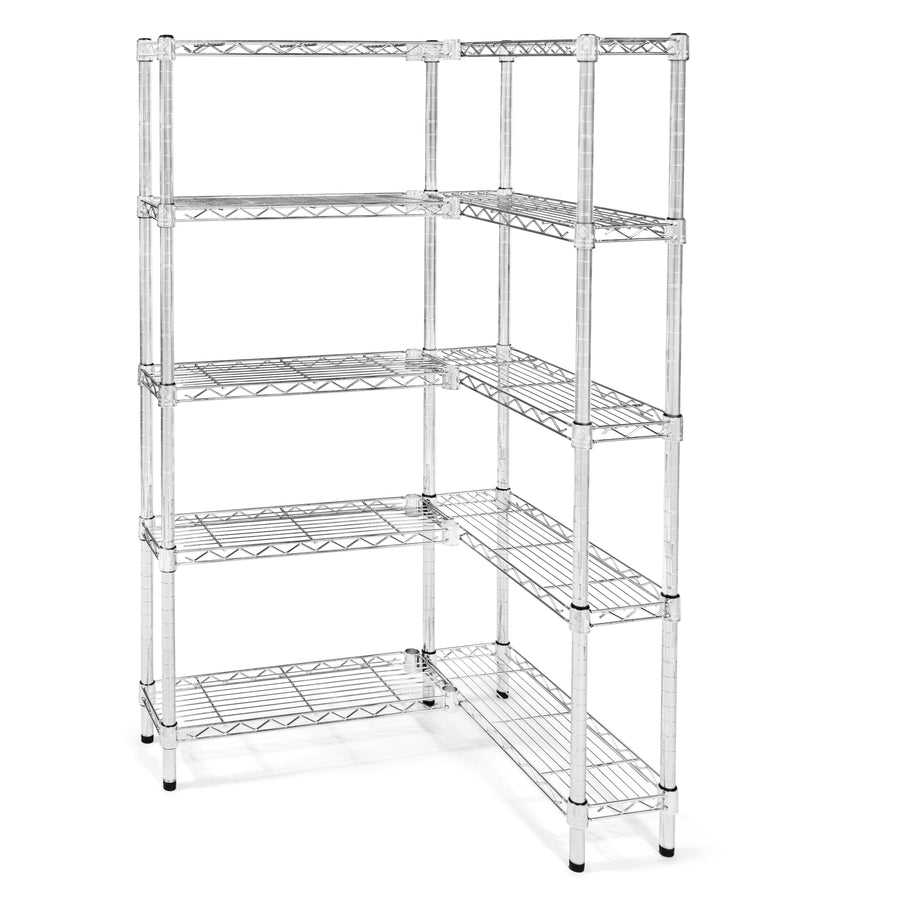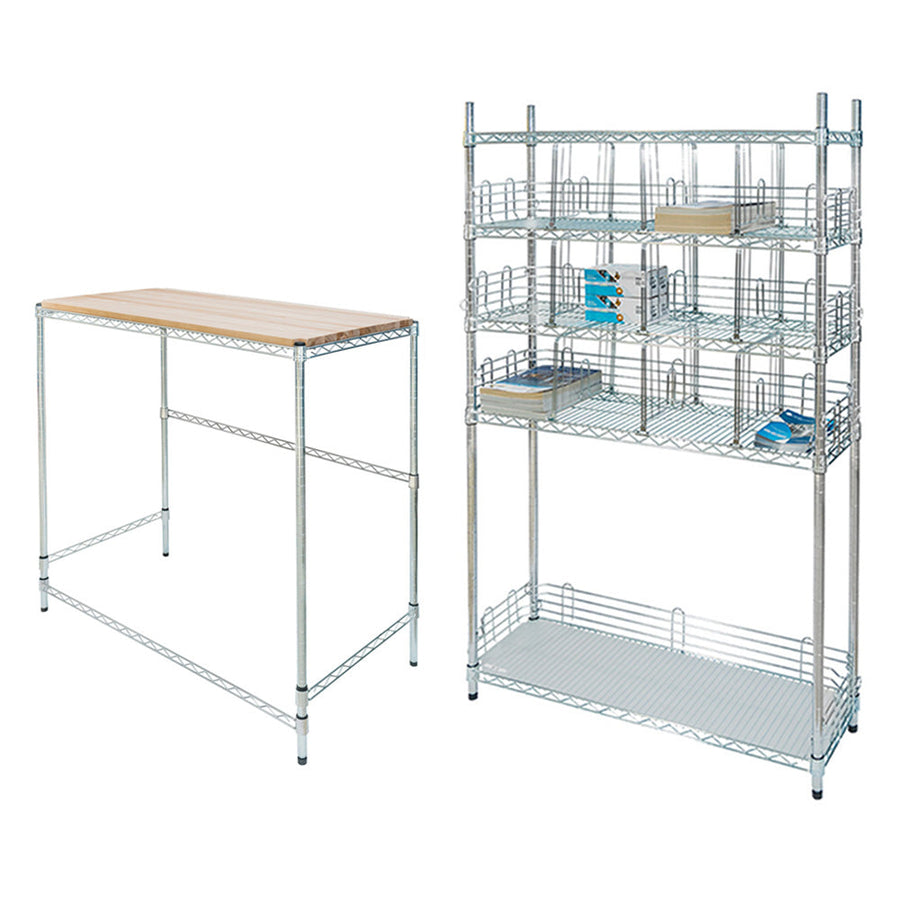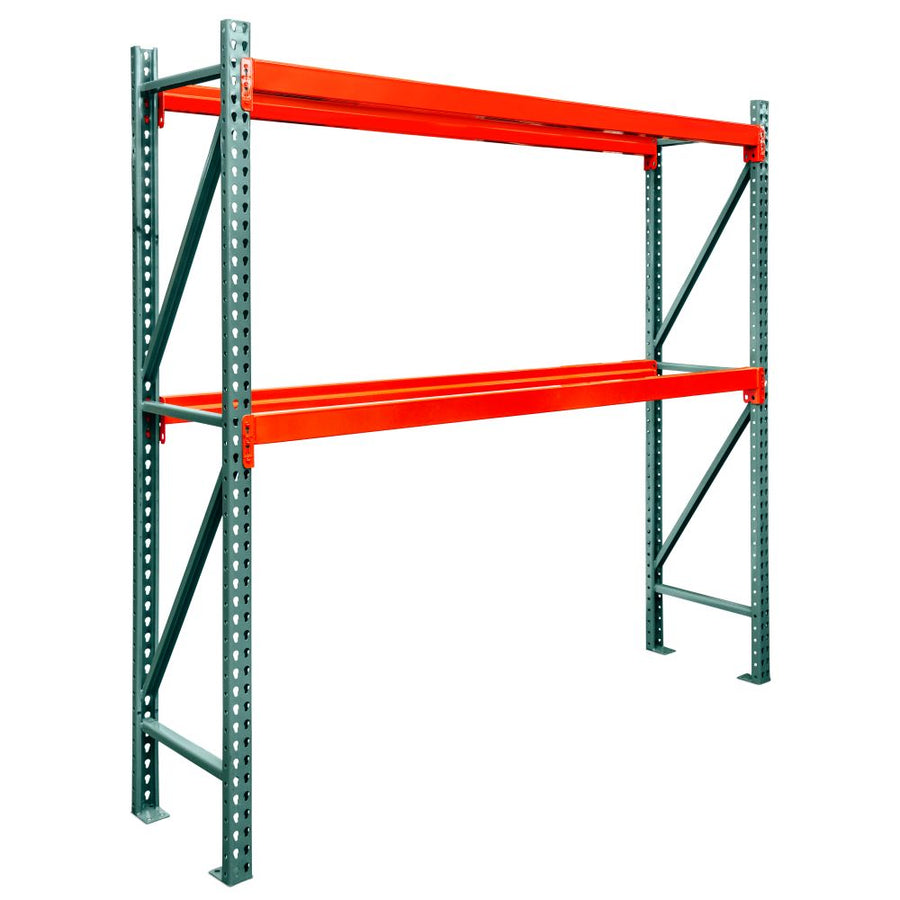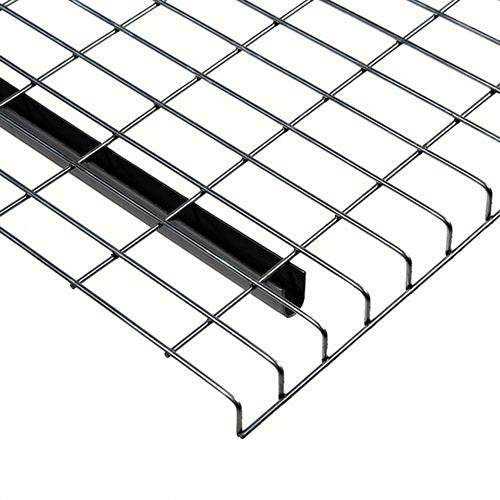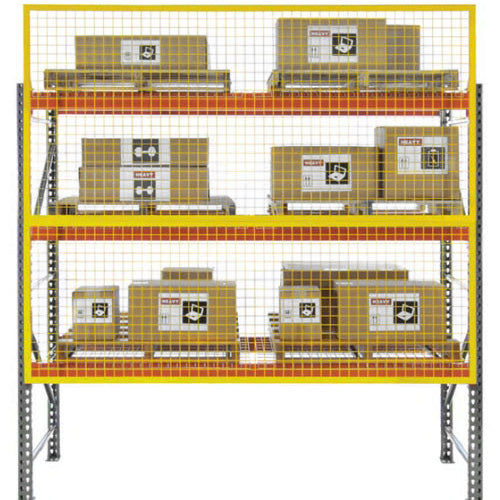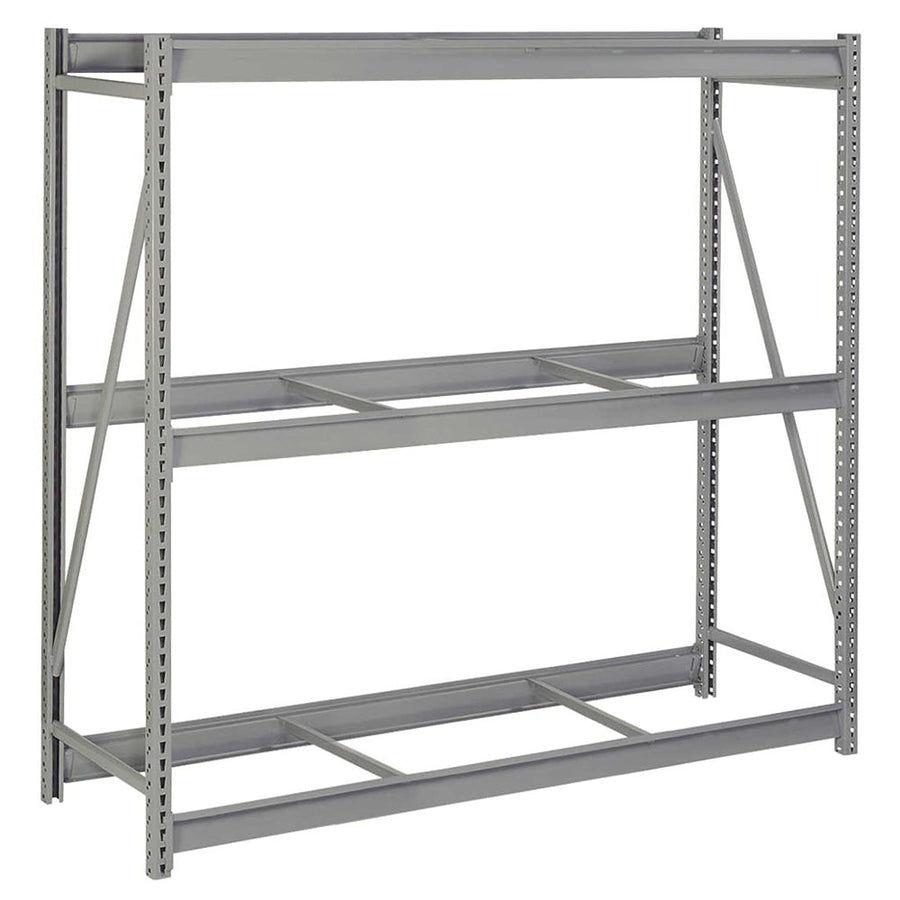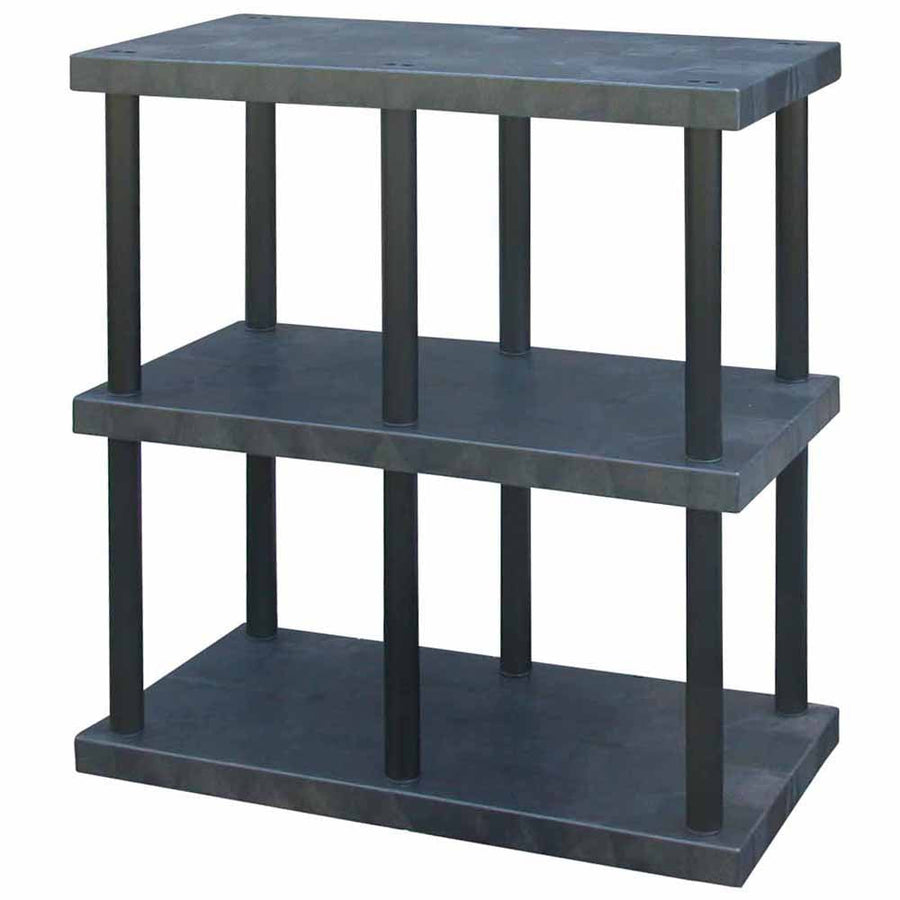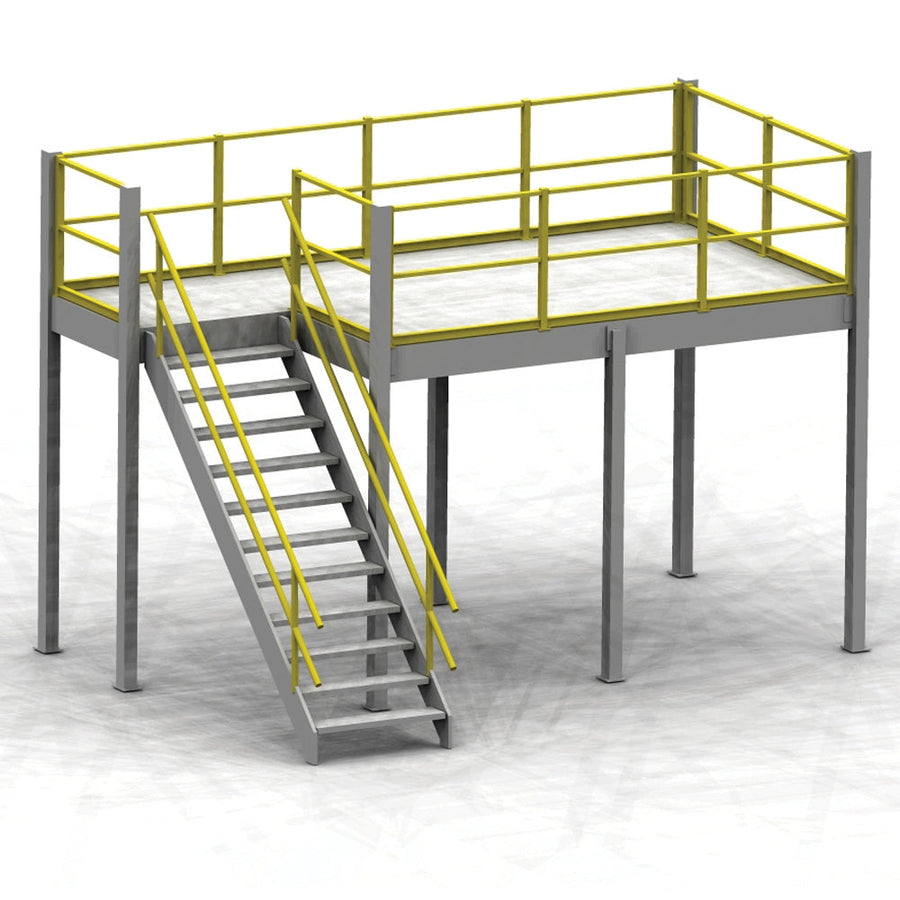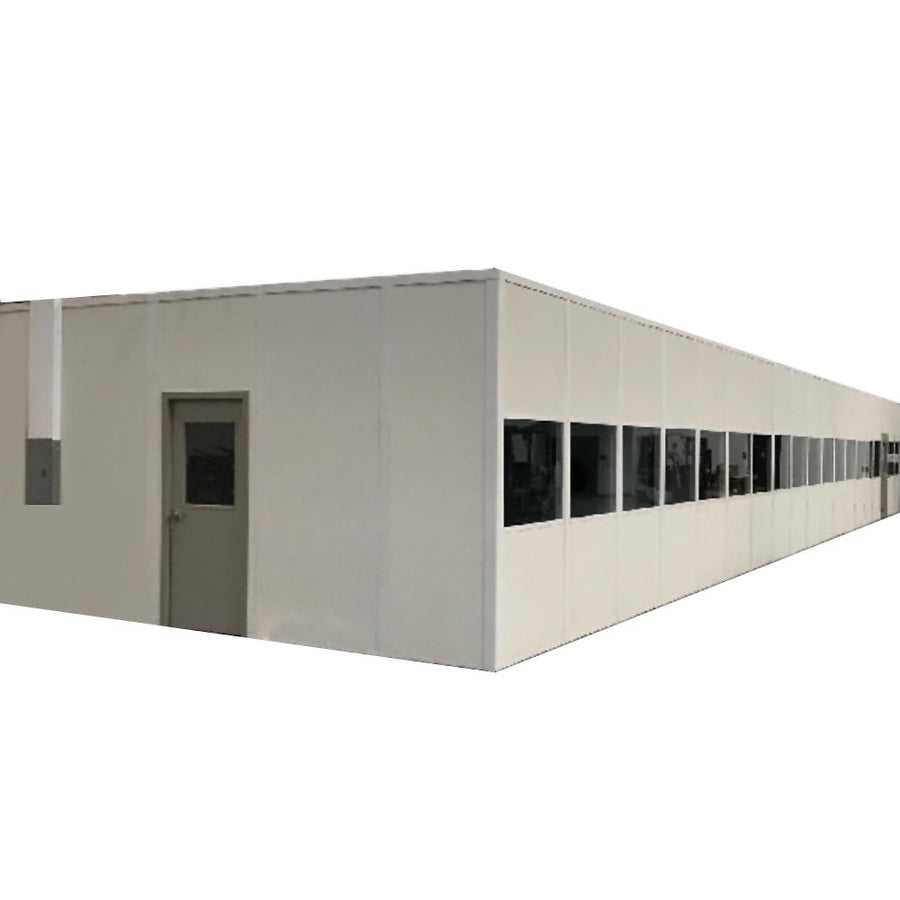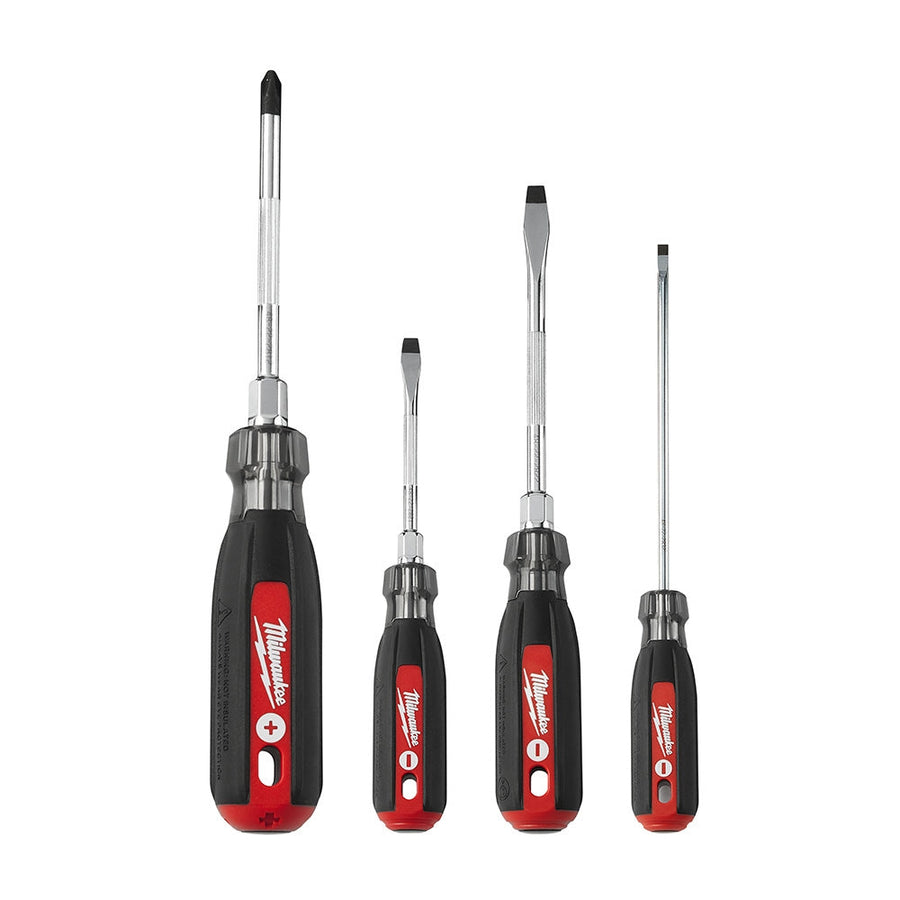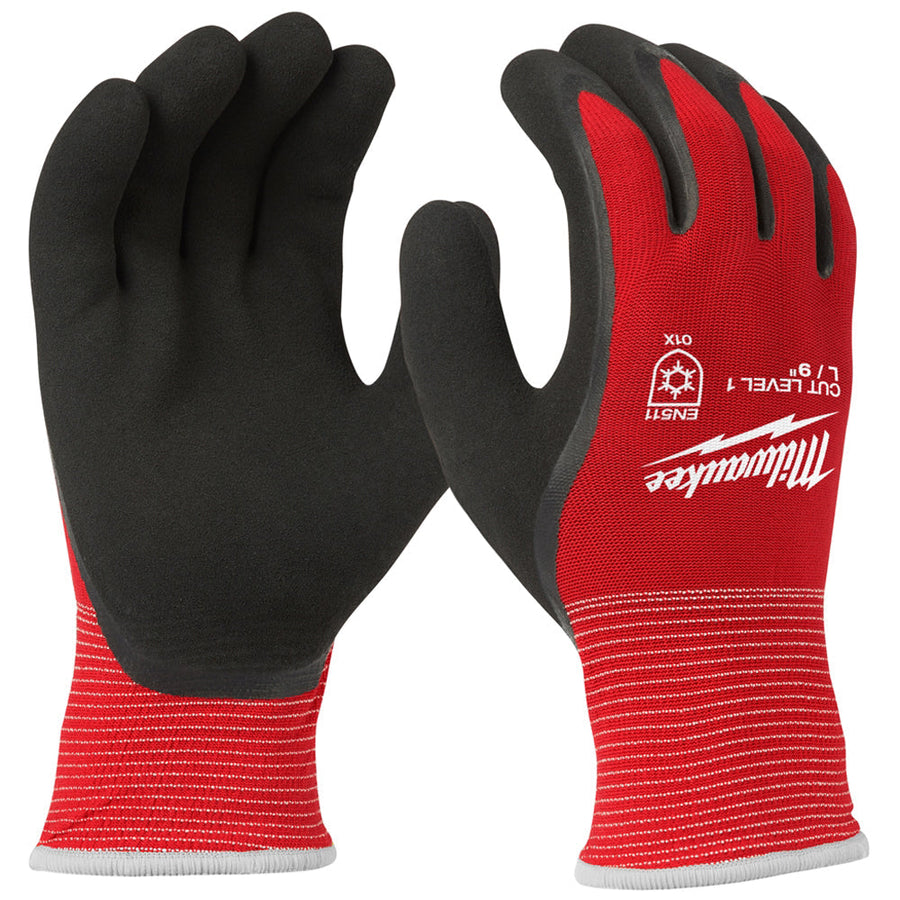Warehousing can be an expensive game, and warehouse management is always looking for ways to reduce costs wherever they can.
Since every warehouse has different things they need to focus on and different ways of doing business, every warehouse has their own methods of cutting down on expenses and overhead during daily operations. However, there’s one area where nearly every warehouse can work to see a reduction in their expenses - space management.
You might be surprised to hear it, but the way you store your items might actually be costing you money in the long run. Inefficiencies in inventory management can bring about increased labor costs and a reduced ability to actually store products successfully. Over time, this can start to become a pretty substantial drain on your operating revenue, and can start to cause problems in order picking, ship times, and onsite inventory management.
Here’s a few common issues every warehouse encounters with space management, and how solving these problems can actually help you save money in the long run:
Too much space given to slow inventory
At the beginning of a product’s lifespan, it can be tough to know exactly what will sell and what might not. But if a certain product has begun to stagnate in sales, it might be time to start liquidating it or just moving it elsewhere. Rearrange your warehouse shelves periodically as guided by your sales charts to keep the items that move fastest in an area where your staff can reach them more easily, and relegate the slower-moving products to another area until they can be returned, clearanced out, or otherwise gotten rid of.
Items are tough to get to
One of the biggest issues a warehouse employee can face during their day is difficulty accessing certain popular items. Let’s say a certain item is consistently selling through, or is about to become popular due to seasonality or other factors, but that item is usually kept on the top shelf of your pallet racks. Even if your team knows where these items are being kept (which isn’t always the case), having them in an out-of-the-way area or too high up on your shelves can be a huge issue when it comes to managing pick speed and delivery time. Make sure your layout is flexible enough to relocate these faster-selling items onto lower shelves for easy access when needed.
Old products going unaccounted for
While fast-selling items are a problem warehouses can often plan for (if not entirely unwanted), many warehouses struggle with knowing how to store and move older items that may have been sitting for a while. While FIFO (first-in-first-out) inventory management is most often employed in warehouses that store food or other items with strict expiration dates, it can actually be helpful for any warehouse running into storage space issues. Use FIFO to track when your products came in, and when. This can help you determine what items can be clearanced out or sent back to the vendor, helping reduce the amount of money you’re spending to constantly store, count, and rearrange these items to make way for the new stuff that may actually be selling.



